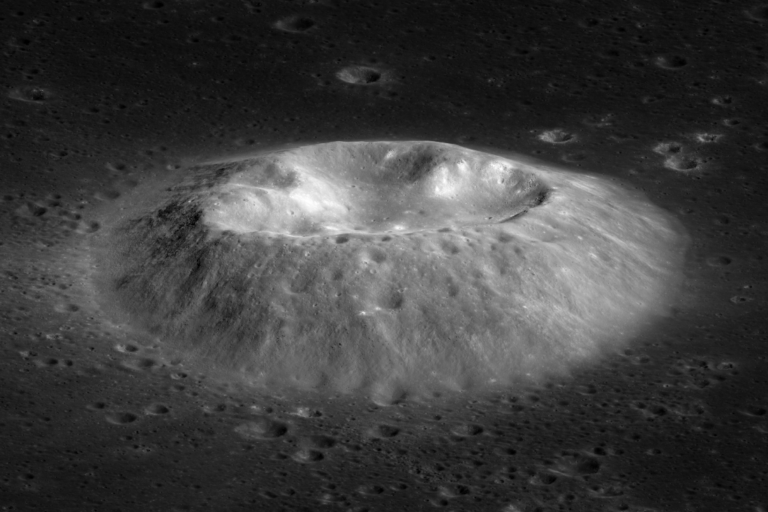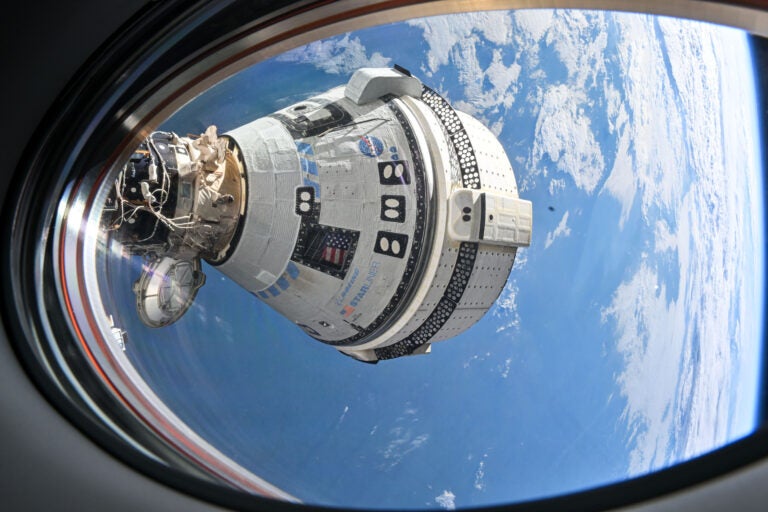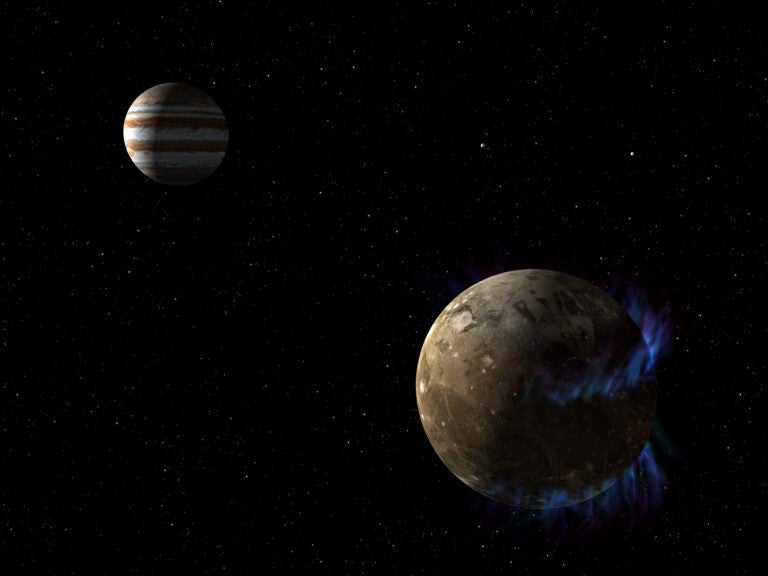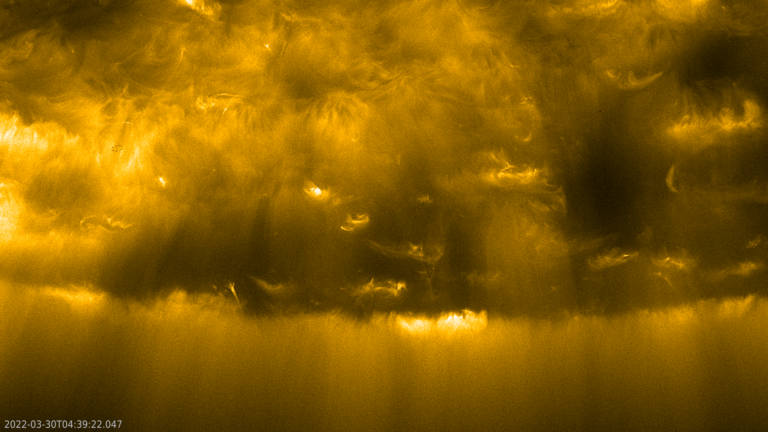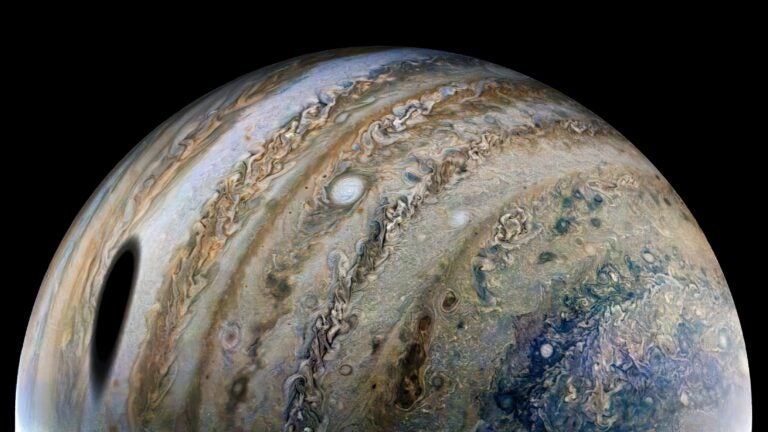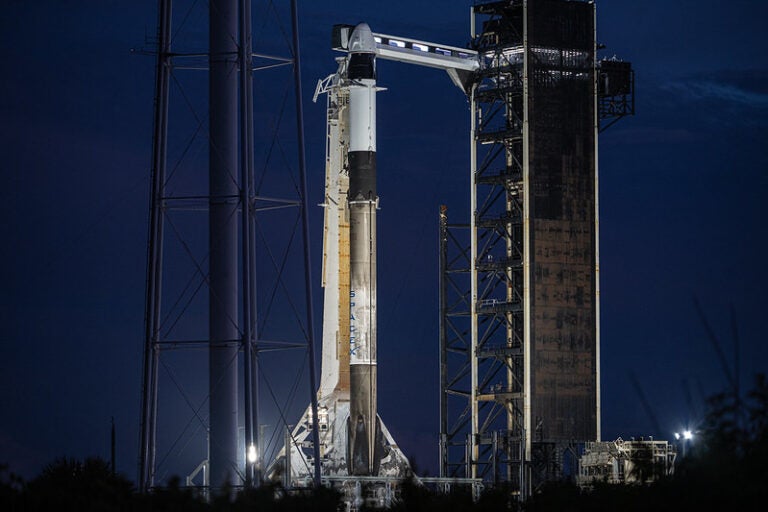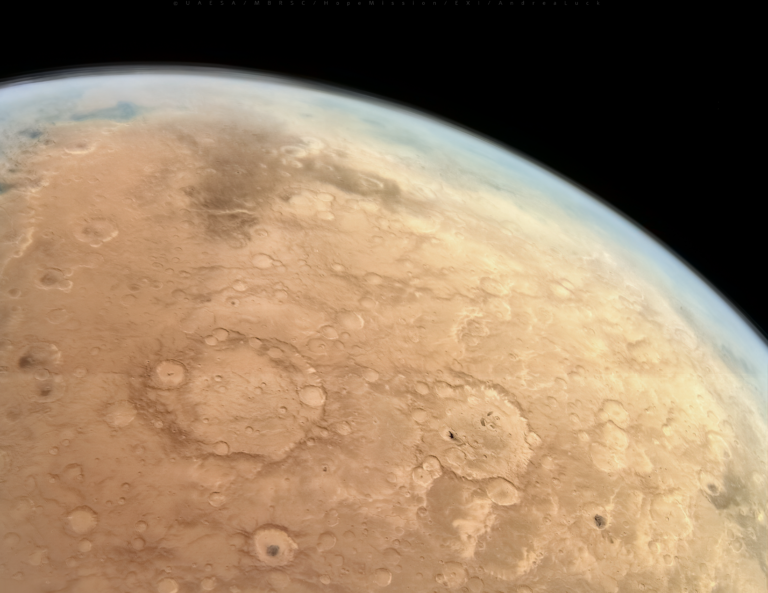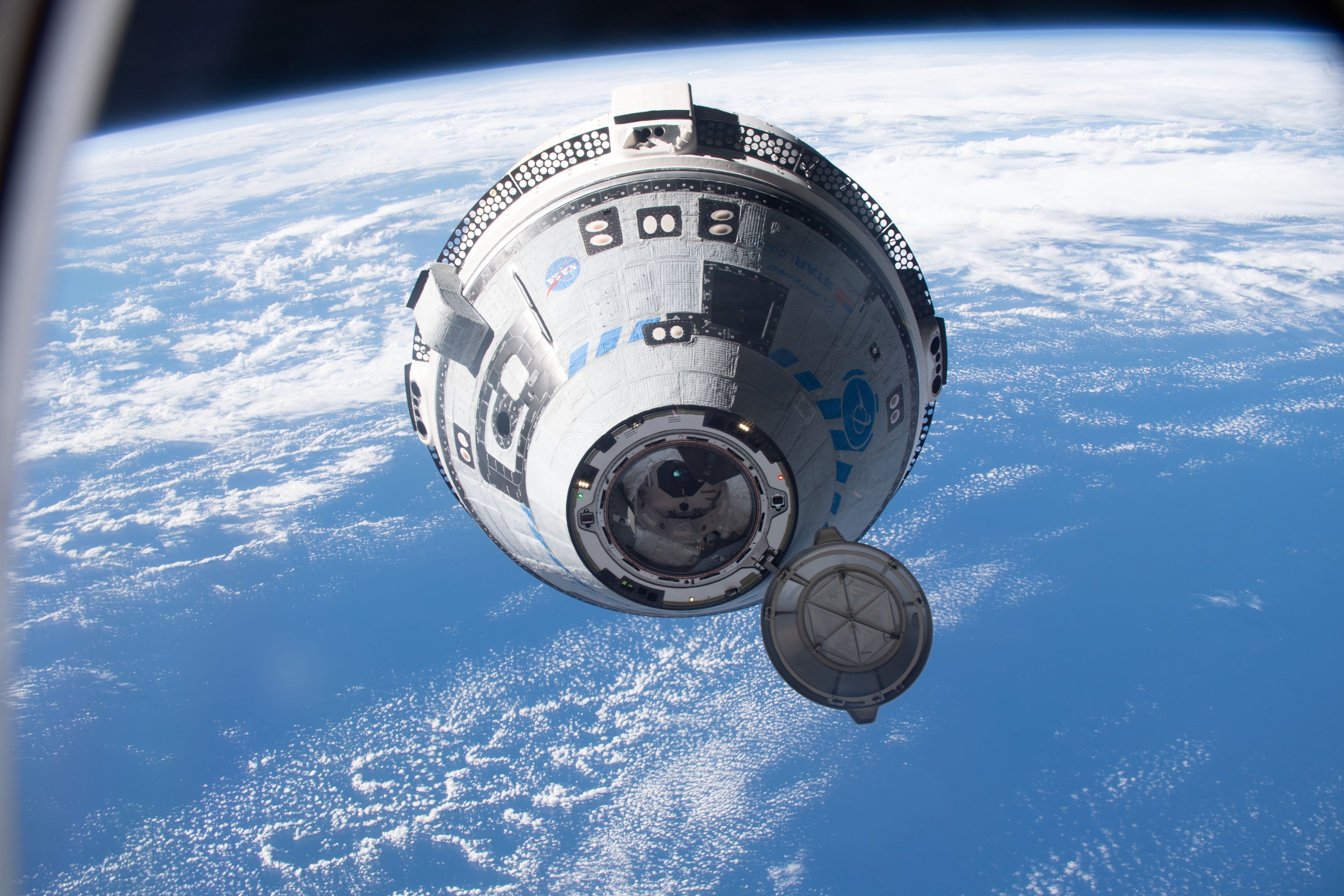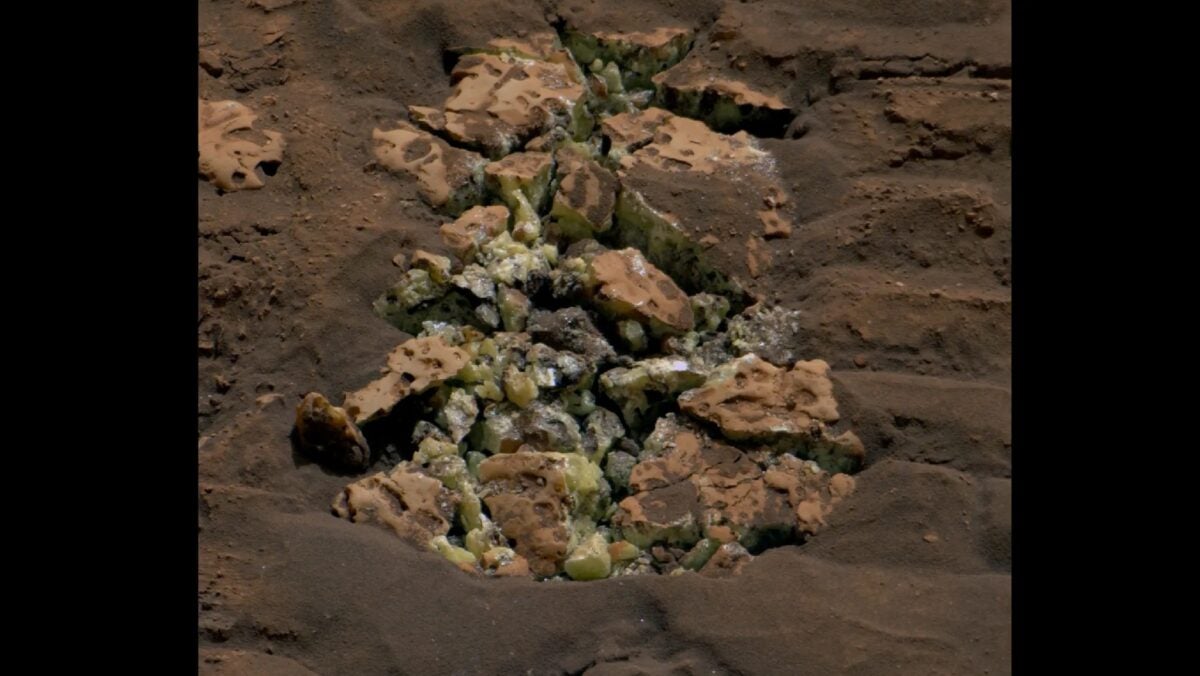
NASA’s Curiosity Rover has made an unexpected discovery that one scientist likened to finding an “oasis in the desert.”
On May 30, Curiosity traversed the Gediz Vallis channel and drove over a rock that split open to reveal pure yellow sulfur crystals. These crystals, according to a NASA press release, are a first for the region and pose questions about the geological history of Mars.
“Finding a field of stones made of pure sulfur is like finding an oasis in the desert,” said Ashwin Vasavada, Curiosity’s project scientist at NASA’s Jet Propulsion Laboratory, in the release. “It shouldn’t be there, so now we have to explain it. Discovering strange and unexpected things is what makes planetary exploration so exciting.”
The Gediz Vallis Channel and sulfur
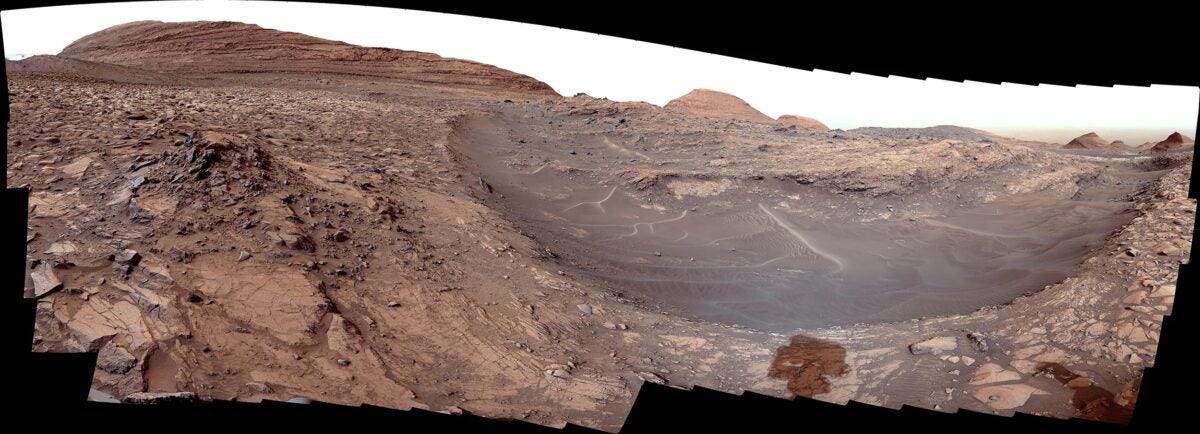
Experts had known about the Gediz Vallis channel way before NASA sent a rover there. Flowing water and debris likely created the region, which carved into part of Mt. Sharp. Piles of debris around the area suggest that flooding and landslides brought them there at one point. Flowing water likely carried smoother stones.
Related: Where did the water on Mars go?
Within the debris, Curiosity imaged jagged rocks rimmed with a white halo. Scientists suspect that dry avalanches brought these rocks there, and their white halos formed after they soaked up water in the area. The channel is in a region rich with sulfates. Any previous readings of sulfates have been a mix of sulfur and other minerals. In this region, the Mars Curiosity rover imaged a field of various pure sulfur stones and drilled its 41st rock sample.


